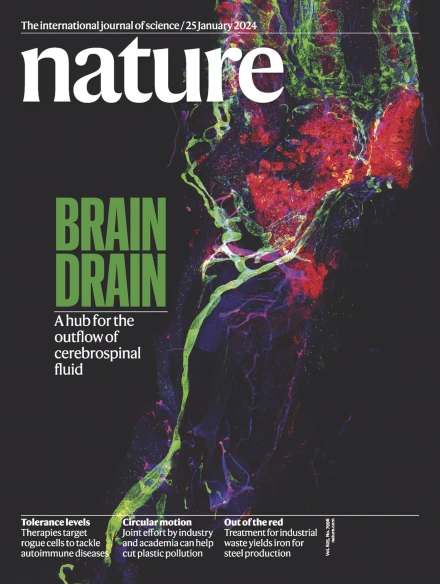人工智能是如何破解古代文本并改写历史的
IF 48.5
1区 综合性期刊
Q1 MULTIDISCIPLINARY SCIENCES
引用次数: 0
摘要
从破译烧焦的罗马卷轴到阅读破碎的楔形文字,神经网络可以为研究人员提供比几个世纪以来更多的数据。本文章由计算机程序翻译,如有差异,请以英文原文为准。

How AI is unlocking ancient texts — and could rewrite history
From deciphering burnt Roman scrolls to reading crumbling cuneiform tablets, neural networks could give researchers more data than they’ve had in centuries. From deciphering burnt Roman scrolls to reading crumbling cuneiform tablets, neural networks could give researchers more data than they’ve had in centuries.
求助全文
通过发布文献求助,成功后即可免费获取论文全文。
去求助
来源期刊

Nature
综合性期刊-综合性期刊
CiteScore
90.00
自引率
1.20%
发文量
3652
审稿时长
3 months
期刊介绍:
Nature is a prestigious international journal that publishes peer-reviewed research in various scientific and technological fields. The selection of articles is based on criteria such as originality, importance, interdisciplinary relevance, timeliness, accessibility, elegance, and surprising conclusions. In addition to showcasing significant scientific advances, Nature delivers rapid, authoritative, insightful news, and interpretation of current and upcoming trends impacting science, scientists, and the broader public. The journal serves a dual purpose: firstly, to promptly share noteworthy scientific advances and foster discussions among scientists, and secondly, to ensure the swift dissemination of scientific results globally, emphasizing their significance for knowledge, culture, and daily life.
 求助内容:
求助内容: 应助结果提醒方式:
应助结果提醒方式:


